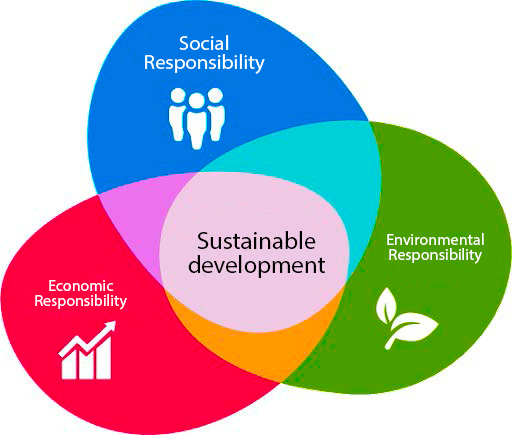Sustainability can be defined as the sum of three different elements: economic sustainability to generate income and employment, social sustainability to ensure welfare and environmental sustainability, to protect and preserve natural resources.
For us, sustainable development is the outcome of a business model that generates value by reducing the environmental impact and increasing the benefits for its stakeholders and society as a whole.
Sustainability can therefore be achieved only through the sustainability of the entire supply chain: from production to its use within the food and retail industries. The aim is to contribute to a safer distribution of food, improve the life quality of consumers and help reduce food waste.


Therefore, our task is to make the packaging more SUSTAINABLE, RECYCLABLE and CIRCULAR We work to reduce food waste to minimize the impact values of the entire production chain by using secondary raw materials wherever possible. In addition, we work to optimise production processes by reducing waste and increasing the use of renewable electricity.
But this is not enough. We need promote a conscious use of packaging to reduce over-packaging. And we also provide information for a proper disposal to increase quality secondary raw materials and reduce waste dispersion in the environment.

HAPPY S.R.L
Registered Office: Via Del Lavoro, 1 – 26030 Gadesco Pieve Delmona CR (Italy) – Tax and VAT No.: 01354950196 – R.E.A. CR-163964
Reg.Imp.Cremona: 01354950196 – Share capital i.v.: € 2,500,000.00